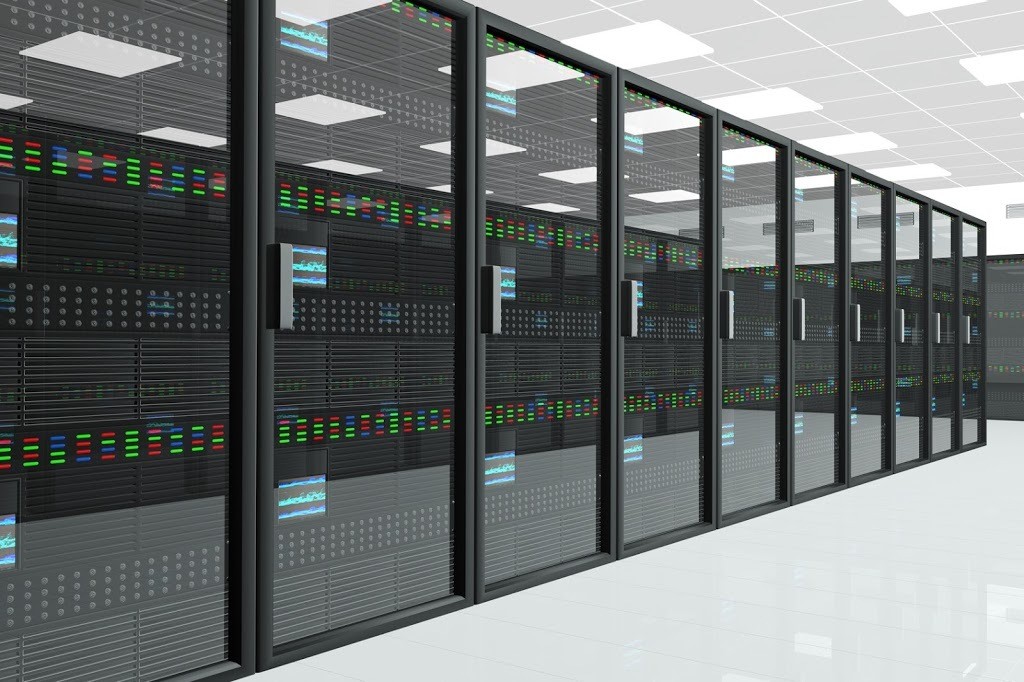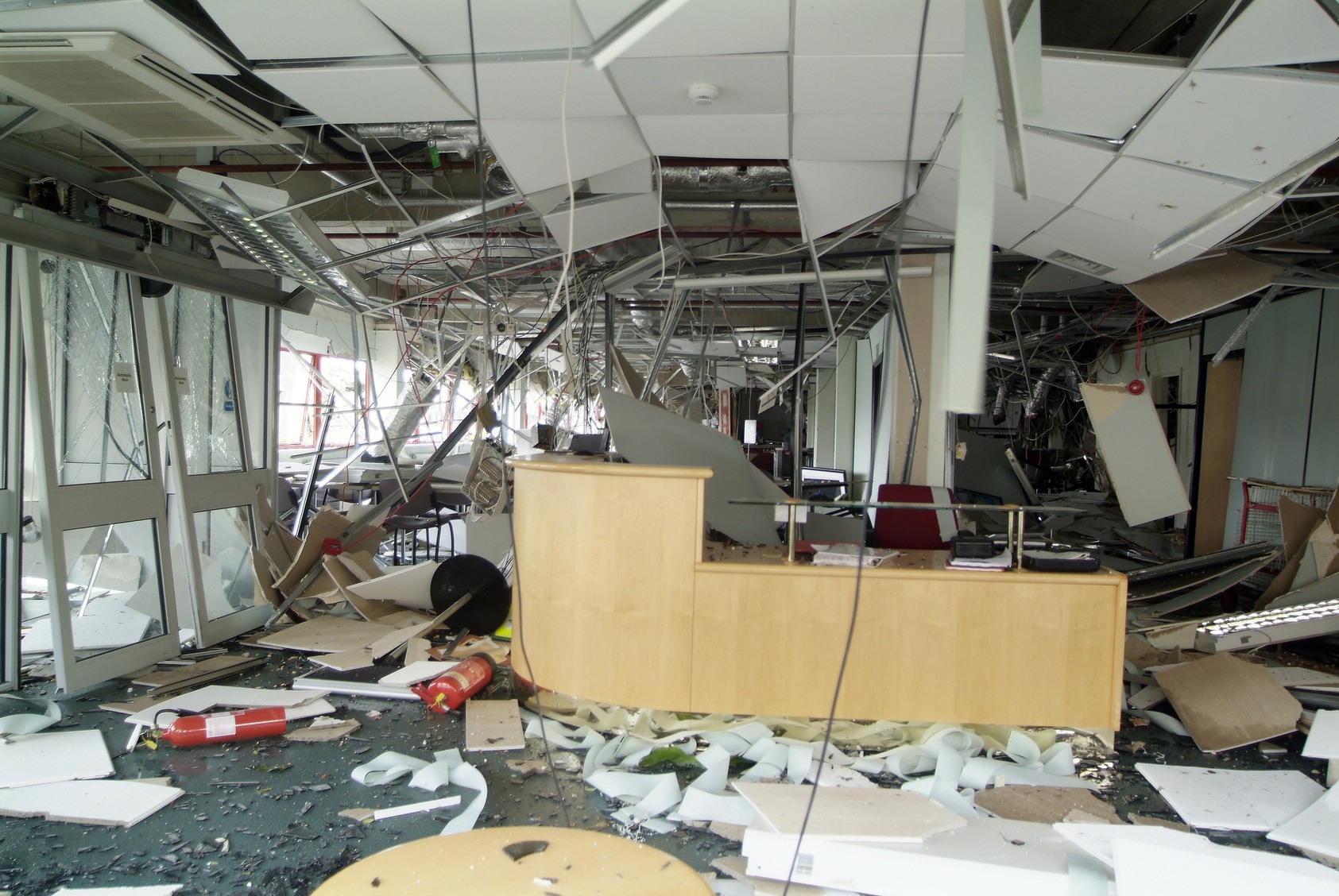The Vital Role of Physical Security

Physical security is critical in safeguarding businesses against unauthorized access and potential harm. Organizations can establish a secure office environment by incorporating measures such as security guards, surveillance cameras, and access control systems.
Access control enables businesses to regulate entry to specific areas within the premises, while surveillance technology facilitates prompt identification of security incidents. Regular security testing is essential for identifying vulnerabilities and rectifying them before any detrimental consequences arise.
Physical security should be considered a primary protection measure in an effective cybersecurity strategy. By implementing comprehensive physical security measures, businesses can ensure the safety and security of their physical assets and personnel, promoting overall organizational resilience.
The Importance of Physical Security in Protecting Business Assets
The importance of physical security in protecting business assets is evident as it prevents unauthorized access or physical actions that could cause damage or severe loss to business personnel, property, and hardware. Physical security measures serve as a crucial deterrent against potential threats and ensure the safety of the physical office environment.
Physical security is closely related to cybersecurity, as it is a primary protection measure in an effective cybersecurity strategy. Businesses can significantly reduce the risk of security breaches and potential cyber-attacks by implementing physical security measures, such as security guards, surveillance cameras, and access controls.
Although there may be costs associated with implementing physical security measures, a cost-benefit analysis reveals that the investment is justified by the potential savings from preventing security incidents and protecting valuable business assets.
The Role of Access Control in Safeguarding Physical Environments
Access control is crucial in safeguarding physical environments by allowing authorized individuals to enter specific areas within a business’s premises. This is achieved through various mechanisms such as locks, keys, keycard systems, and biometrics.
The role of access control in preventing security breaches must be balanced. Here are three benefits of implementing biometric access control systems:
1. Enhanced Security: Biometric access control systems utilize unique physical characteristics, such as fingerprints, iris patterns, or facial recognition, to grant or deny access. These systems are difficult to bypass or forge, making them highly secure and significantly reducing the risk of unauthorized entry.
2. Improved Accountability: Biometric access control systems provide an accurate and reliable way to identify individuals accessing specific areas. This ensures that only authorized personnel can enter, increasing accountability and reducing the potential for internal security breaches.
3. Convenience and Efficiency: Biometric access control systems eliminate the need for traditional methods like keys or access cards, which can be lost, stolen, or duplicated. This simplifies access and improves efficiency, saving time and resources.
Implementing biometric access control systems enhances security and provides a convenient and efficient way to manage access to physical environments, ultimately preventing security breaches and protecting business assets.
The Significance of Surveillance in Preventing Unauthorized Access
Surveillance plays a crucial function in preventing unauthorized access by utilizing technology to monitor access points and promptly identify and respond to security threats. It effectively deters intruders and provides several benefits when implemented alongside advanced access control measures.
Surveillance technology has evolved to include heat sensors, motion detection, and advanced warning systems, enabling quick identification of incidents and appropriate responses. Surveillance systems help minimize damage and prevent unauthorized entry to critical areas by continuously monitoring access points.
Additionally, advanced notification systems enhance the effectiveness of surveillance by enabling swift identification and response to security threats. Integrating surveillance with access control measures enhances the overall physical security strategy and reduces the risk of unauthorized access and potential harm to personnel and physical assets.
The Crucial Role of Security Testing in Identifying Vulnerabilities
Security testing plays a critical function in identifying vulnerabilities and weaknesses within the physical environment, allowing for corrective actions and ensuring the effectiveness of protective measures. The benefits of security audits and the role of employee training in physical security are integral aspects of security testing.
1. Identification of vulnerabilities: Security testing helps to identify potential weaknesses in the physical environment that unauthorized individuals could exploit. By conducting thorough audits, organizations can proactively identify and address these vulnerabilities before exploiting them.
2. Corrective actions: Once vulnerabilities are identified through security testing, corrective actions can be taken to mitigate the risks. This may involve implementing additional security measures, improving existing controls, or addressing gaps in employee training.
3. Ensuring effectiveness: Regular security testing ensures that the protective measures are effective and capable of preventing unauthorized access. By continuously evaluating and testing physical security measures, organizations can maintain high protection for their assets and personnel.
The Impact of Effective Physical Security on Business Continuity and Resilience
The effectiveness of a robust physical security strategy significantly contributes to the continuity and resilience of a business in the face of potential threats and disruptions. Incorporating physical security into business operations has numerous benefits that directly impact business continuity and resilience.
Firstly, physical security measures deter potential criminals and unauthorized individuals from accessing the premises, thereby reducing the risk of theft, vandalism, and unauthorized access to sensitive information. This, in turn, helps ensure the uninterrupted operations of the business and minimizes financial losses.
Secondly, physical security measures such as surveillance systems and access control provide valuable data and evidence in the event of an incident or breach, enabling swift response and recovery.
A comprehensive physical security strategy also enhances employee morale and confidence, as they feel safe and protected in their workplace.
Integrating physical security measures into business operations is crucial for maintaining continuity and resilience in the face of potential threats and disruptions.
Frequently Asked Questions
What Are Some Common Physical Security Threats That Businesses Face?
Businesses face Common physical security threats, including unauthorized access, theft, vandalism, and sabotage. Security testing plays a crucial role in identifying vulnerabilities and weaknesses in physical security measures, allowing for necessary corrective actions to be taken.
How Can Physical Security Measures Be Integrated With Cybersecurity Measures to Provide Comprehensive Protection?
Integration challenges arise when combining physical security and cybersecurity measures. However, the benefits of collaboration include comprehensive protection, as physical security deters physical breaches, while cybersecurity safeguards against digital threats, creating a layered defense system.
What Are Some Key Factors to Consider When Implementing Access Control Systems?
Key factors to consider when implementing access control systems include addressing implementation challenges and ensuring the importance of user authentication. These factors contribute to the overall effectiveness and security of the physical environment.
How Can Surveillance Technology Be Used to Enhance Physical Security?
Surveillance technology in public spaces enhances physical security by monitoring access points, identifying incidents, and enabling quick response to threats. However, privacy concerns arise due to the potential invasion of individuals’ privacy.
What Are Some Best Practices for Conducting Security Testing to Identify Vulnerabilities in Physical Security Measures?
Best practices for conducting security testing to identify vulnerabilities in physical security measures include using techniques such as penetration testing, vulnerability scanning, and security audits. These methods help assess weaknesses and provide insights for practical corrective actions.








Recent Comments